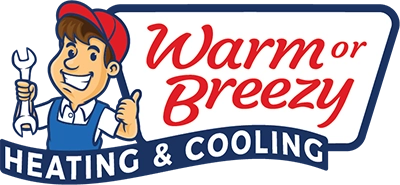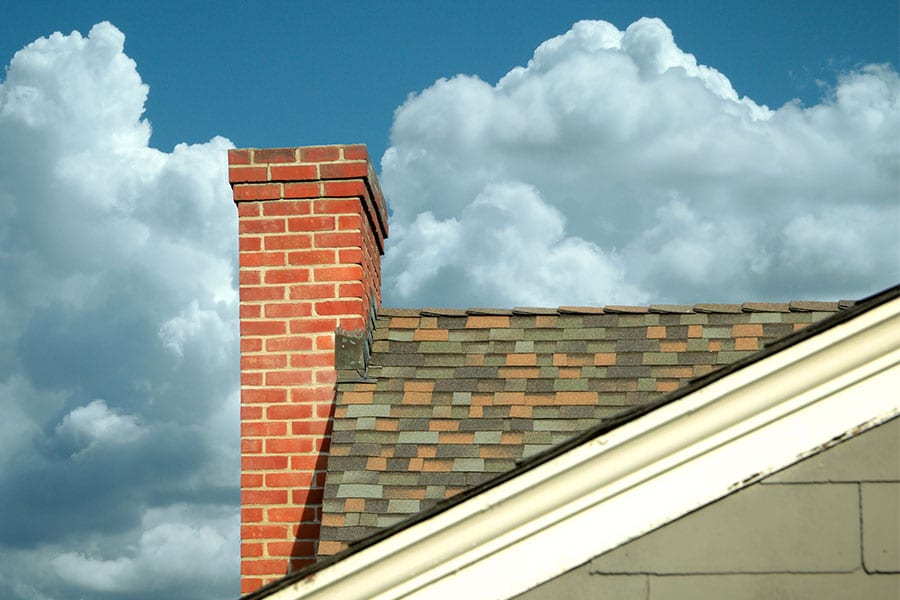You may not give much thought to your chimney or its liner, but it’s actually a very important component of your home. The liner is certainly one of the more important safety components of your chimney, and it’s made of many different materials, from clay to metal. It’s important to get your chimney liner inspected regularly, and here’s why.
Benefits of Chimney Liners
Many older homes with fireplaces don’t have chimney liners, and this can pose a problem. As time goes on, the bricks will start to crack due to frequent usage, as well as water damage, corroding gasses and more.
When bricks crumble in close proximity to your home’s inner wall surfaces, fires can start. The constant heat can cause dry wall material to combust, and buildup of creosote can ignite with just a few sparks.
A quality chimney liner will provide peace of mind and many years of safe operation, but it has to be cleaned and inspected regularly. If you already have a liner, call your trusted chimney liner company in Michigan to perform periodic inspections to ensure it’s working as it should. If you don’t have a liner, consider installation of a new liner, whether you decide on clay tile, metal or cast-in-place materials. Your chimney services professional can offer recommendations on the ideal type of liner for your home and budget.
What a Chimney Liner Inspection Entails
During a chimney inspection, the inspector looks for damage, hazards, and abnormalities, such as a damaged flue system, cap and camper damage, or exterior damage. They usually work through a checklist to ensure nothing is missed. The cost of your inspection will depend on your chimney size and the level of inspection.
There are three levels of inspection. Your inspector will determine which one you will need based on the condition of your chimney and if your home has experienced any major changes, weather events or incidents. Level one is the standard for chimney inspection, but you may need a higher level.
Level One
This is when a chimney is considered to be in good overall condition, and the home owner has not had any issues with their fireplace and the venting system has not been changed. This is the basic inspection level. The inspector will examine all accessible components of the chimney (fireplace, firebox, flue opening, damper, and exterior parts) to make sure the structure is intact and that all parts are functioning properly.
They will also confirm there are no combustion deposits or obstructions present.
Level Two
The second inspection level involves the inspector checking the same accessible parts as above, but also the attic, roof, basement and crawl space for damage. You will need a level two if you wish to purchase a new liner or if there have been:
- Changes to the chimney
- Changes with fuel type
- Changes to the shape or material of the flue
All internal surfaces as well as joints of the flue liner will be examined via camera. You will need a level two if you plan to sell your home, if you have recently experienced an operation malfunction, or if an accident (hurricane, fires) has compromised the structure.
Level Three
If a hazard is suspected in the chimney yet the inspector is unable to access the concealed components, such as the interior wall or chimney crown, you will likely need a level three inspection. Your inspector will need to use special tools to get to those hidden parts to discover the underlying issue. As a result, they may have to rebuild or remove parts, which adds to the cost and complexity.
Contact Warm or Breezy Heating & Cooling
The Warm and Breezy team offers chimney liner inspection, repair, and installation and beyond, as well as comprehensive HVAC services. Book your appointment at (586) 335-3044 or fill out our online form.

